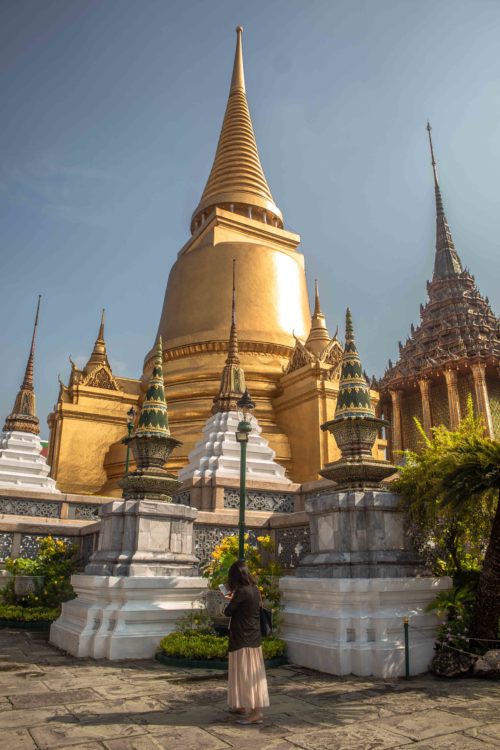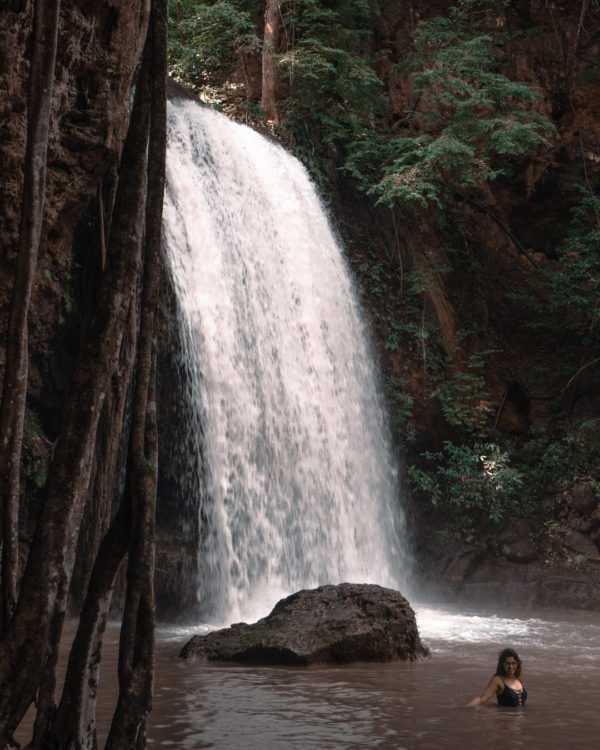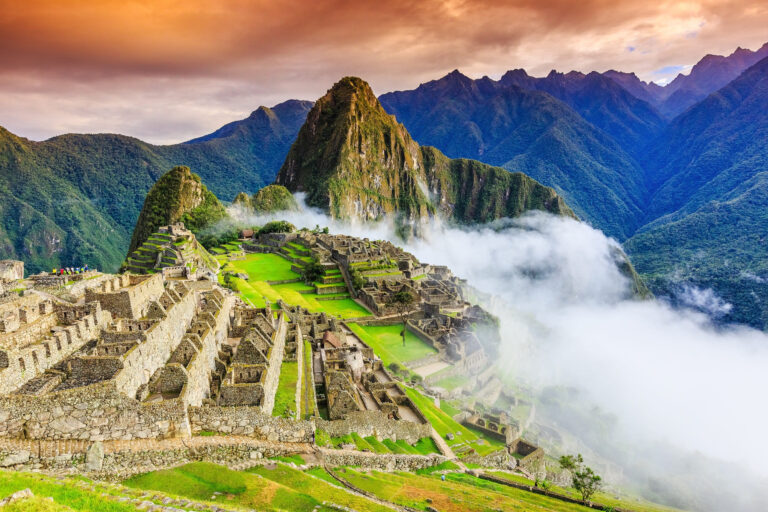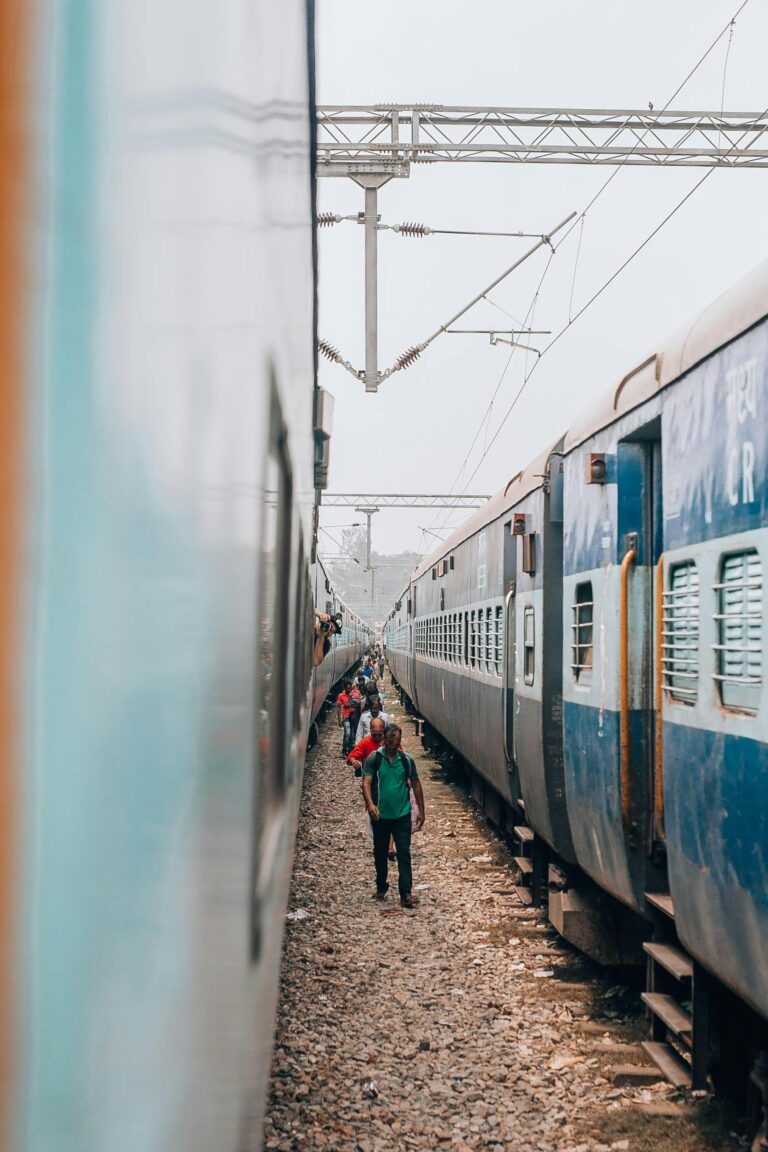What do you think of when you hear of Thailand? Probably the blue ocean, the white sand and a never-ending party life with streets bustling with food. But Thailand is so much more than that. There is a side to it that people do not talk about, and that is northern Thailand.
I was captivated by the sheer culture, history, the serene landscapes, the greenery, and the peace was North Thailand. I was travelling through Northern Thailand for four days and I loved every second of it.
Whether you choose a Thailand tour package or travel to northern Thailand solo, these are my suggestions that you can follow or refer to have the best time.
Best Time to Visit Northern Thailand
The best time to visit Northern Thailand would be during the dry season from October to February. During November, the lantern festival is held in Thailand, which is very much worth seeing.
The skies are clear and blue during these months, and the weather is the most comfortable. During the months of summer and the rainy season, it would be quite uncomfortable for you to roam around.
Thailand is a country with a lot of places to visit. If you are planning your trip, I would suggest not just island hopping and visiting crowded places. Go beyond the known, learn about the culture and venture into Thailand beyond just the beaches.
North Thailand in Five Days
Day 1 – Bangkok
The hustle of Thailand’s capital, Bangkok, will hit you the moment you land.
Check in to your hotel and go explore the bustling streets of Thailand. Bangkok has a number of things to do. You can start with street food exploration, and there is nothing better to begin this with than Pad Thai.
If you are in Thailand, the best thing you can do for yourself is get a Thai massage. Later, visit the nearby shrines. All of these can be covered on foot. Your first can be more about relaxing and adjusting to the new environment.
You may also visit the Grand Palace, which was built in 1782 and for 150 years, served as the home of the Thai King, the Royal court and the administrative seat of government. This place gets quite crowded, being one of the most famous tourist spots.
Do not forget to explore the Chatuchak market in Bangkok. Go for some local food tasting and shopping.
Want to explore South Thailand as well? Check out our Guide on Patong, Phi Phi and Krabi
Day 2 – Kanchanaburi
If you have a flair for art, history and culture, I recommend that you do not miss out on Kanchanaburi. This is the city where you can breathe in the fresh air after escaping from the hustle of Bangkok. There are many things to do here. I am listing down a few of my favourites:
Walk Over the Bridge on the River Kwai
This is one of the most touristy (and crowded) spots of this region, having been popularised by the movie, The Bridge on the River Kwai. The iron bridge spans the Mae Klong River, which was later renamed as the Khwae Yai (or River Kwai) to align with the movie’s fame and to cater to tourists.
The bridge is part of the historic Death Railway, a section of the Thailand-Burma Railway built by the Japanese during World War II using forced labour, including Allied prisoners of war and Asian civilians. Over 100,000 lives were lost during its construction due to harsh conditions, malnutrition, and abuse, hence the grim nickname.
Enjoy the River Kwai
We visited a stretch of the river lined with floating guesthouses, houseboats, and floating river rafts along the River Kwai. You can take a dip in the river, swim or relax your muscles. It is a perfect place to be and enjoy nature.
Swim at the Erawan Falls
The Erawan Falls in the Erawan National Park are breathtaking. There are seven tiers of waterfalls over here to explore, with turquoise blue pools and natural limestone steps. I had a chance to explore just the third one due to my tight schedule. Swimming in the multi-levelled pools of the Erawan Falls is a spectacular feeling.
You will find fish nibbling your skin here. So, be ready for a free foot massage.
Cost: Entrance to the park is 300 baht (around $10).
Planning to go to Phuket as well? Read – Things To Do in Phuket, Thailand
Day 3 – Ayutthaya
Next, make your way to Ayutthaya, once the magnificent capital of the Kingdom of Siam. Founded in 1350, Ayutthaya flourished as a global trading hub and was one of the largest and wealthiest cities in the world at its peak. Unfortunately, it was invaded and destroyed by the Burmese army in 1767, leaving behind hauntingly beautiful ruins that still echo its former glory.
The best way to explore this UNESCO World Heritage Site is by bicycle which allows you to slowly take in the landscape as you ride past ancient temples, towering prangs, crumbling monasteries, and charming villages. The city is relatively flat and bike-friendly, with most of the ruins located close together on an island surrounded by rivers.
If cycling feels too ambitious in the heat, you can opt for a tuk-tuk tour, which is equally fun and gives you the chance to relax while still covering the key historical landmarks. The places you must not miss are: Wat Mahathat, Wat Phra Si Sanphet, Wat Chaiwatthanaram, and the Ayutthaya Historical Study Centre.
Day 4 – Chiang Mai: Nature, Elephants & Nightlife
Chiang Mai is serene, green, and absolutely beautiful, and if you’re arriving by train, the scenic ride itself sets the tone for what’s to come.
Start your day early with a visit to the renowned Elephant Nature Park, one of the most ethical and respected elephant sanctuaries in Thailand. This rescue and rehabilitation centre provides a safe haven for elephants rescued from logging, tourism, and abuse.
Here, you’ll get a once-in-a-lifetime opportunity to interact with these gentle giants in a respectful, non-exploitative way.
Note: Avoid camps that offer elephant rides or performances. Elephant Nature Park promotes responsible tourism and animal welfare.
In the evening, take a stroll through Chiang Mai’s charming old city. The atmosphere comes alive at night with markets, street performances, and buzzing bars. You could catch a fabulous Cabaret Show (like Chiang Mai Cabaret Show for some glam & glitter) or join a Thai cooking class to learn how to whip up classics like pad Thai or mango sticky rice.
Day 5 – Chiang Mai: Waterfalls & Mountain Views
Today, head to the northern hills of Chiang Mai to immerse yourself in its natural beauty. Start early and make your way up to the sacred mountain temple Wat Phra That Doi Suthep, one of the most iconic landmarks in the region. Perched high above the city, the views from here are breathtaking, especially during sunrise.
On the way up or down, stop to explore some of the nearby waterfalls:
- Mae Sa Waterfall (if time permits) – A bit farther out in the Doi Suthep-Pui National Park, this multi-tiered waterfall is perfect for picnics and a refreshing dip.
- Huay Kaew Waterfall – Easily accessible and located near the Chiang Mai Zoo, a great quick stop.
- Wang Bua Ban Waterfall – A short hike leads to this peaceful spot with natural pools.
If you’re up for more adventure, you could also explore nearby Botanic Gardens, visit Hmong villages, or simply relax in one of the serene cafés in the hills.
Tip: Wear comfortable shoes, bring bug spray, and don’t forget your swimsuit if you plan to swim in the waterfalls!
Alternatively, you could go skydiving with Thai Sky Adventures to catch a view of Chiang Mai’s lush landscapes, or experience a meditation retreat. If you have more time, go for a full-day tour at the Doi Inthanon National Park or climb the Bua Thong Sticky Waterfalls. Moreover, you can also take a day trip to Chiang Rai.
Some may even find Chiang Rai a better alternative to Chiang Mai. Instead of the bustling city, Chiang Rai is a laid-back city with fewer crowds, stunning temples lush landscapes. If you find yourself wandering through Chiang Mai, here are a few of my suggestions:
- Visit the White Temple or the Wat Rong Khun, and the Blue Temple, or the Wat Rong Suea Ten. You can visit these temples early in the morning to avoid the crowd.
- The Golden Triangle, where Thailand, Laos, and Myanmar meet, is infamous for the opium trade.
- Other than these, you can go hiking or learn about the local culture here. Two to three days in Chiang Rai would give you enough time to explore the city and soak in the culture.
If you have more time to explore North Thailand, take a trip to Pai, just 3 hours away from Chiang Mai. Visit the unique Pai Canyon, or relax in the Hot Springs or go cafe hopping- your call.
The Route I Followed – Map
I am attaching a route map of my itinerary so you can plan your trip without any hassle.
Planning to explore Ao Nang? Check out 6 Things to Do in Ao Nang Resort Town
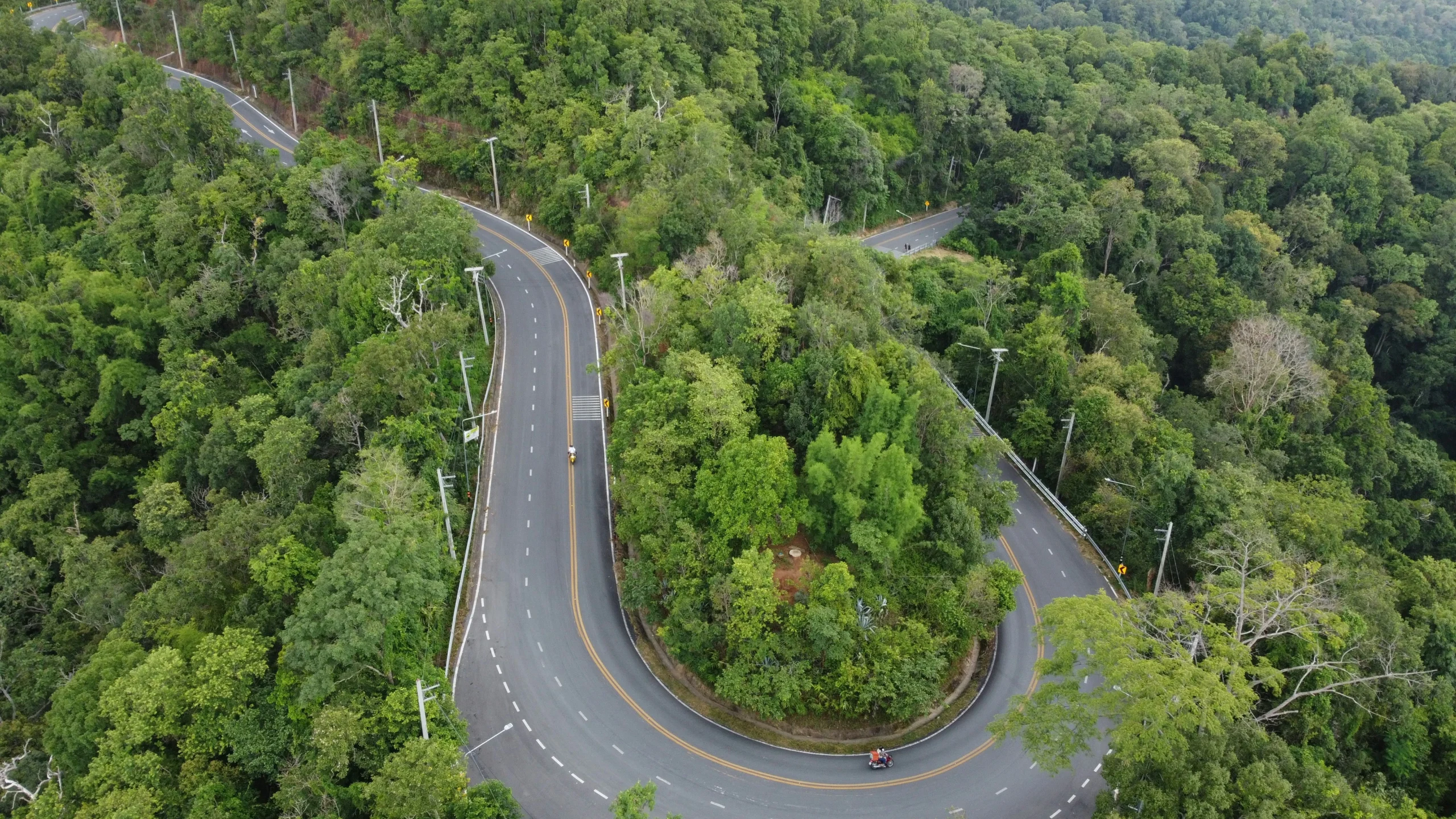
Accommodation
Bangkok
I stayed in the Nouvo City Hotel, which was very close to shrines and the Grand Palace. Right outside the hotel, there were local delicacies and Thai massage shops, which you can indulge in.
However, you can always find something suited to your budget and convenience.
Kanchanaburi
We stayed in the Floating Jungle Raft Hotel, which was one of the most picturesque places to be. We had to be taken there by a boat, and I really loved the vibe of this place. I would highly recommend that you stay here.
Ayuthaya
To make the optimal use of your itinerary, take an overnight train to Chiang Mai, which will save you both time and money. The ride is very comfortable. You can easily get a good night’s sleep on the train.
Chiang Mai
Chiang Mai has some of the most unique accommodations in Thailand. From luxury glamping options to tree houses to boutique riverside aesthetic resorts, Chiang Mai really is the king of accommodations in Thailand. Some of my favourite options are the Chiang Mai Riverside, 137 Pillar House, The Tree House Hideaway and Hotel Yayee.
I enjoyed my time in Northern Thailand thoroughly, and I am sure you will too. If you have already been there, I would love to know your thoughts in the comments section!

